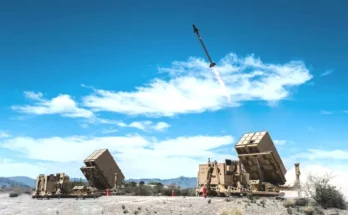The unrest in the Donbass region of Ukraine and the annexation of Crimea have chilled relations between Ukraine and Russia. In terms of turbines, the current troubles have had far-reaching implications for both sides. Sanctions and reverse-sanctions have created a unique situation.
Prior to the current tensions, Ukraine was Russia’s primary producer of marine gas turbines. Zorya-Mashproekt, a hold-over from the Soviet era, is a company located in Ukraine that produces both industrial and marine machines. Its marine turbines are of strategic importance to the Russian Navy in particular, and that service was once Zorya-Mashproekt’s primary customer. The sale of turbines for military purposes has long been sanctioned, and Russia is currently looking inward to fill the gap in its capabilities.
Enter UEC Saturn.
Since the 1920s, Saturn has been producing aircraft engines ranging from early piston engines to jet turbines. Aviation has been its bailiwick; however, since the fall of the Soviet Union, the company has been actively pursuing industrial and marine turbines. To say that the current political climate was the catalyst to researching and developing these turbines is not exactly true. Company literature states that I&M turbine development has been active since 1993 – in other words, well before tensions with Ukraine. Despite the company’s prior interest in domestic machines, there must be a renewed sense of urgency to what NPO Saturn is trying to accomplish.
Reportedly, two Project 22350 frigates, the Admiral Golovko and Admiral Isakov, are sitting with no propulsion plants. Zorya-Mashproekt does power some ships of the class, but deliveries have ceased. New ships lying idle are a strategic hindrance to the Russian Navy; however, UEC Saturn is developing a new turbine. Believed to be called the M90FR, the new machine will be installed in the above-mentioned ships and future 22350 frigates. Development, though, does not end there.
UEC Saturn is reportedly also developing a turbine for hovercraft. These air-cushioned vehicles have long been in service with the Russian Navy, and with a new turbine, Russia likely has ambitions to build more of the amphibian craft.
There is a general movement in Russia, throughout many sectors, to look inward rather than depend on foreign technologies. With ships already built and awaiting powerplants, Russian gas turbine development is assuredly a major priority. Teething issues are expected with these new machines, which means they will likely enter service in the next decade.
Carter Palmer has long held a keen interest in military matters and aviation. As an analyst for Industrial & Marine Turbine Forecast, Carter specializes in examining key gas turbine programs for electrical power generation, mechanical drive, and marine propulsion applications. He is also responsible for updating the reports and analyses within the Space Systems Forecast – Launch Vehicles & Manned Platforms and Space Systems Forecast – Satellites & Spacecraft products.




